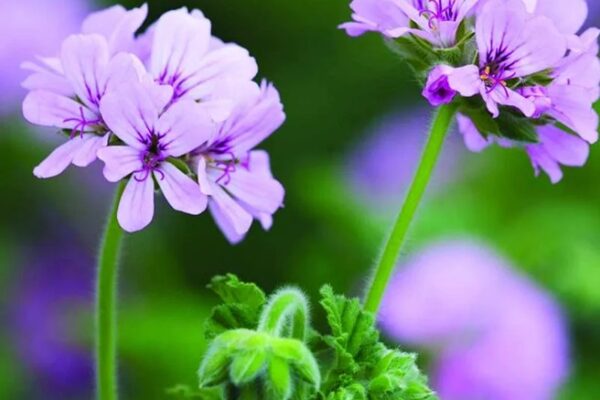Exploring the Best Garden Wall Materials
Selecting the right garden wall material is crucial for creating a durable and visually appealing structure. The choice of garden wall material greatly influences the overall aesthetic and functionality of the outdoor space. When considering garden wall materials, factors such as durability, style, and cost should be carefully evaluated. The garden wall material you choose will play a significant role in defining the character and longevity of your outdoor sanctuary.
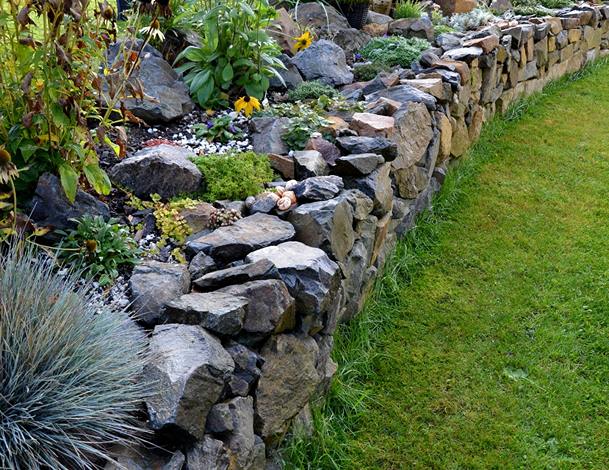
Stone and masonry walls have always been an integral part of a garden designer’s toolkit, contributing to the creation of charming outdoor spaces while serving important functions such as providing structural support for steep slopes and ensuring privacy. Choosing the perfect garden wall material is essential for achieving the desired aesthetic and ensuring long-lasting structural integrity.
Getting to Know Garden Wall Material
To fully understand walls, it’s crucial to familiarize one with the various materials involved.
Stone
Stone, known for its elegance, is a sophisticated choice for garden walls, although it tends to be more expensive. It can be dry-stacked without mortar, or individual stones can be secured using mortar. Small fieldstones work well for mortarless retaining walls under a certain height limit specified in building codes. On the other hand, granite slabs are ideal for creating taller, freestanding walls using mortar. For a more informal retaining wall, larger boulders can be arranged end to end, relying on their weight rather than mortar to maintain stability.

Brick
Brick walls, although less popular nowadays, possess a historical charm that is hard to surpass. Constructing brick privacy walls requires skilled masonry work and the use of mortar to achieve a successful outcome.
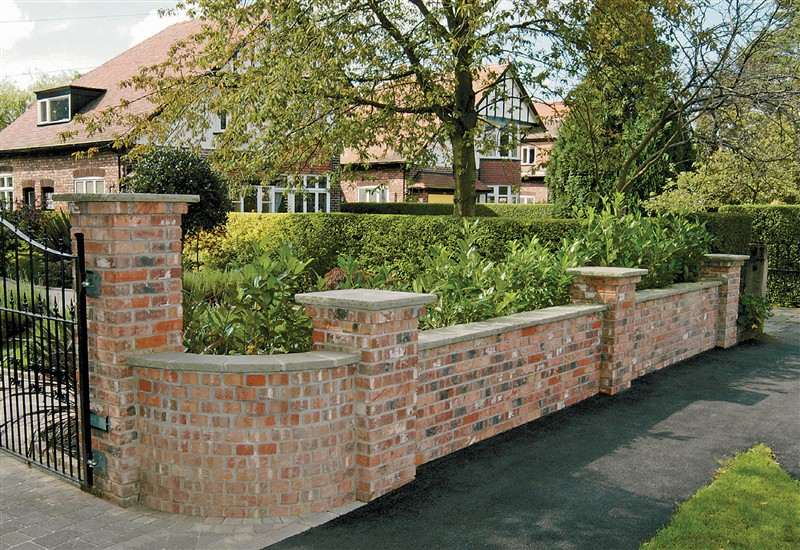
Concrete
Concrete stands out as the most prevalent option today, offering three primary types with an extensive range of styles, textures, and appearances. Poured concrete presents an excellent choice for curved walls, as it can be shaped in virtually any desired form and customized through dyeing and texturing. Concrete masonry unit walls utilize standard cinder blocks as their foundation but can be enhanced with paint, stucco, or natural stone facades. Interlocking wall blocks, resembling cinder blocks, are prefabricated with decorative facades and designed to interlock, increasing stability and often used for low retaining walls.

Using Walls in the Landscape
Walls offer numerous practical applications in landscape design, while also providing definition to the overall environment. Their strong lines can create a sense of enclosure, similar to an outdoor room, or be employed to divide different areas within the landscape. When planning a wall project, it is essential to consider the desired effect. Factors such as height, shape (curved or straight), color, and texture are significant components of wall design. Additionally, incorporating accessories like planters, benches, lighting, and custom features such as arched entryways, niches, or artistic elements can elevate a garden wall into a unique and distinctive feature.
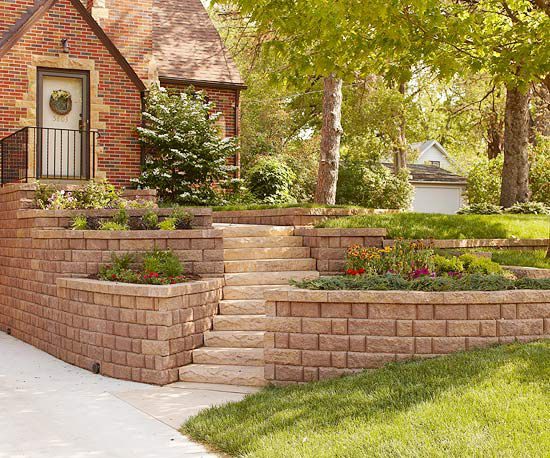
Boundary Walls
Boundary walls serve the purpose of deterring prying eyes and generally should be at least six feet tall. To avoid an overwhelming appearance, a shorter wall coupled with an evergreen hedge can also be considered. If the objective is to create an obstacle that people cannot climb over, the wall should be at least seven feet tall or include pointed wrought iron elements at the top to discourage intruders. Vegetation in the foreground can soften the visual impact of walls taller than four feet, and training vines on a large wall is highly recommended to integrate it harmoniously into the surrounding landscape.
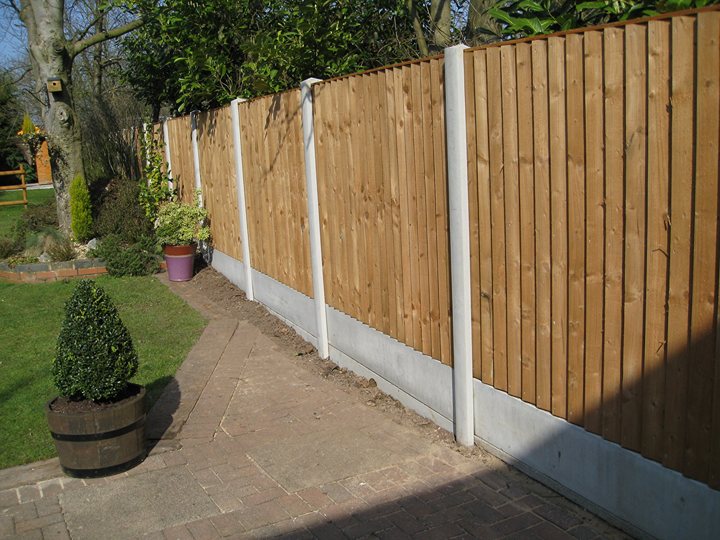
Dividing walls
Dividing walls, ranging between two and four feet in height, primarily serve aesthetic purposes by creating visual divisions. However, they can also serve as containment for small pets or function as seating surfaces. Additionally, low walls can provide a base for certain styles of wrought iron fencing.
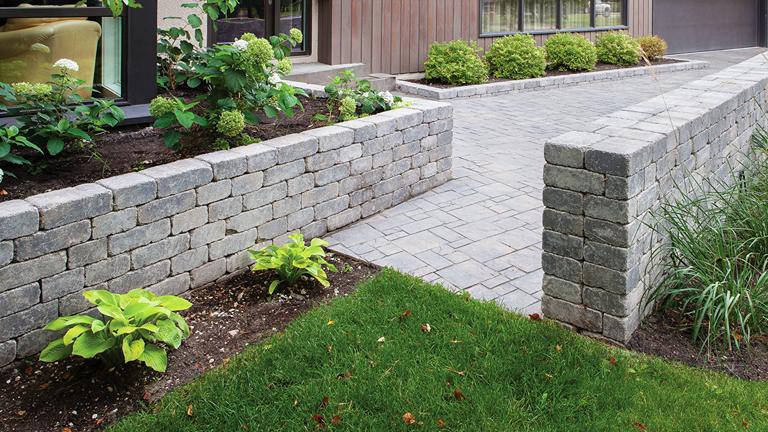
Retaining Walls
Retaining walls are instrumental in transforming steep and unusable land into flat, functional space. They can be built with straight and angular designs for slopes with a consistent pitch or incorporate sweeping curves to align with undulating topography. A retaining wall between 16 and 24 inches in height can double as an elongated bench if topped with a flat cap block.

Practical considerations
Practical considerations should not be overlooked when dealing with walls. In general, walls exceeding three feet in height require a building permit and are best entrusted to qualified landscape contractors. Constructing taller walls requires extensive knowledge to ensure safety and durability. It is crucial to find professionals who specialize in this type of construction and possess the necessary insurance coverage.
Walled gardens
Walled gardens possess a magical quality that transcends time. They can evoke a sense of order, mystery, or protection. Whatever purpose walls serve in the landscape, take pleasure in the process of designing something meaningful, knowing that it will endure for a significant period.


